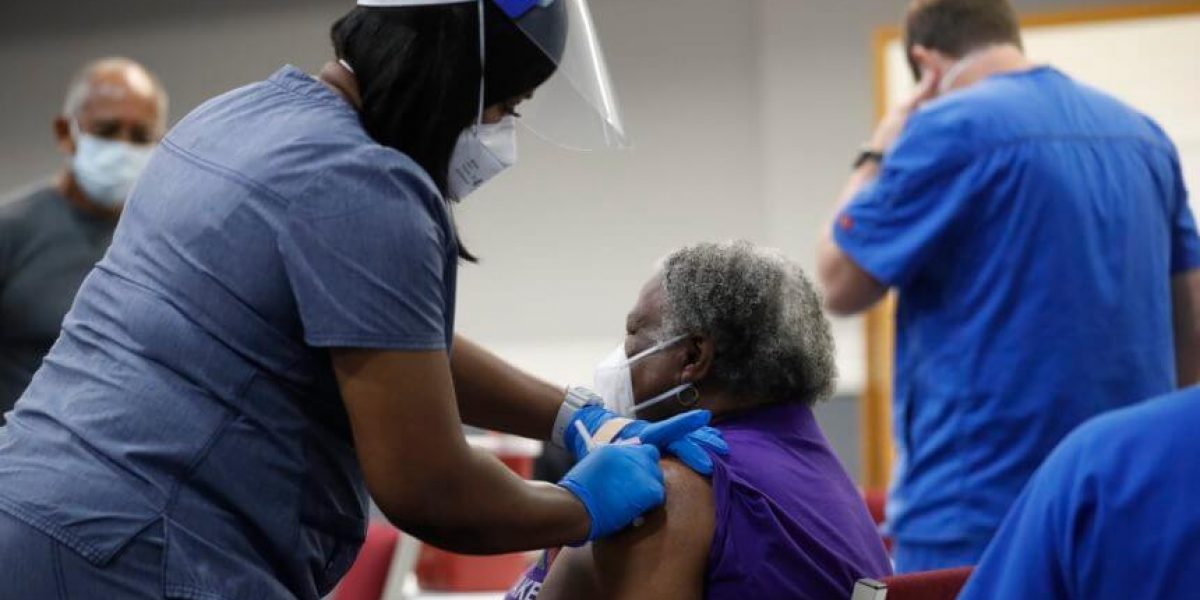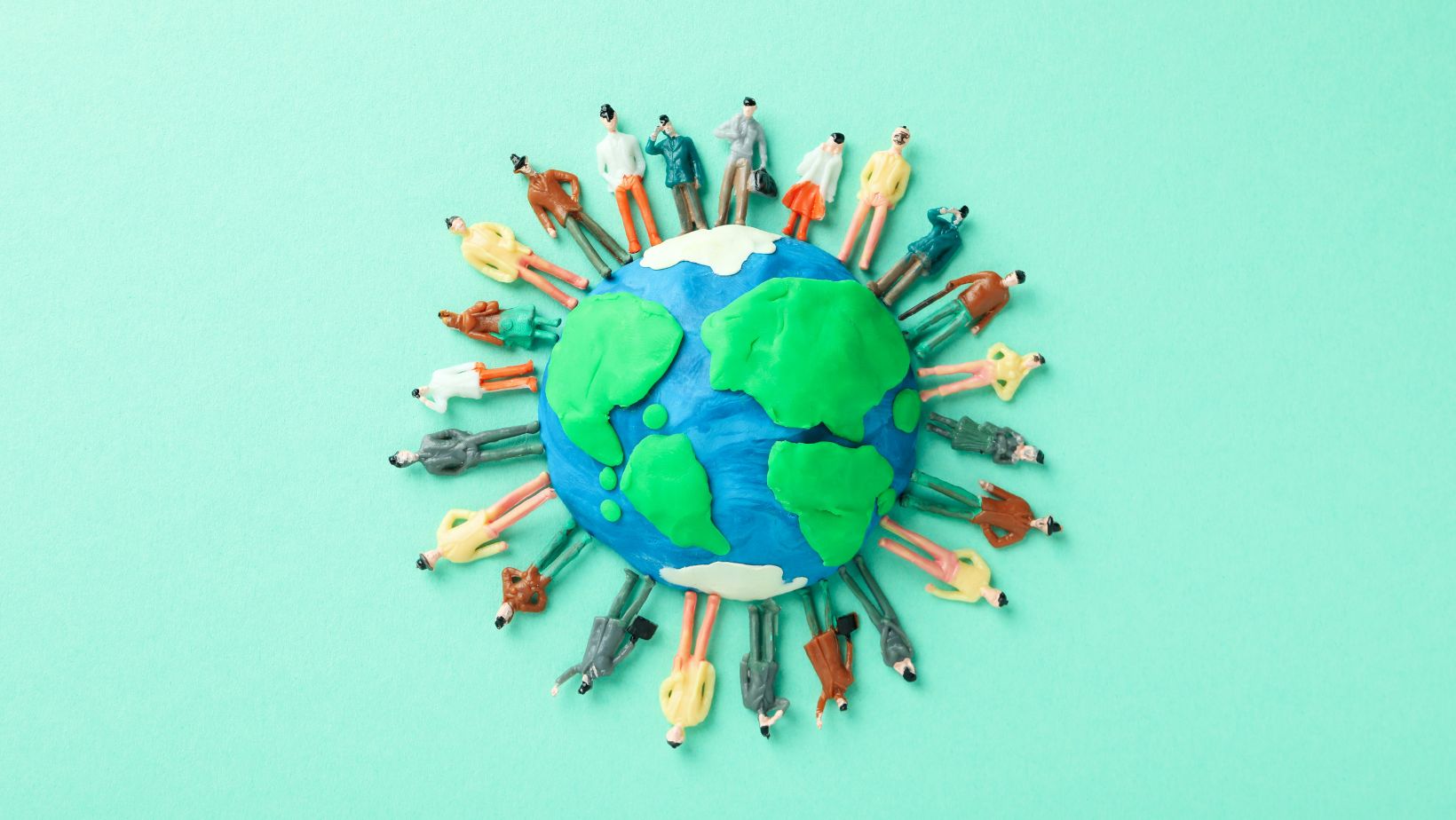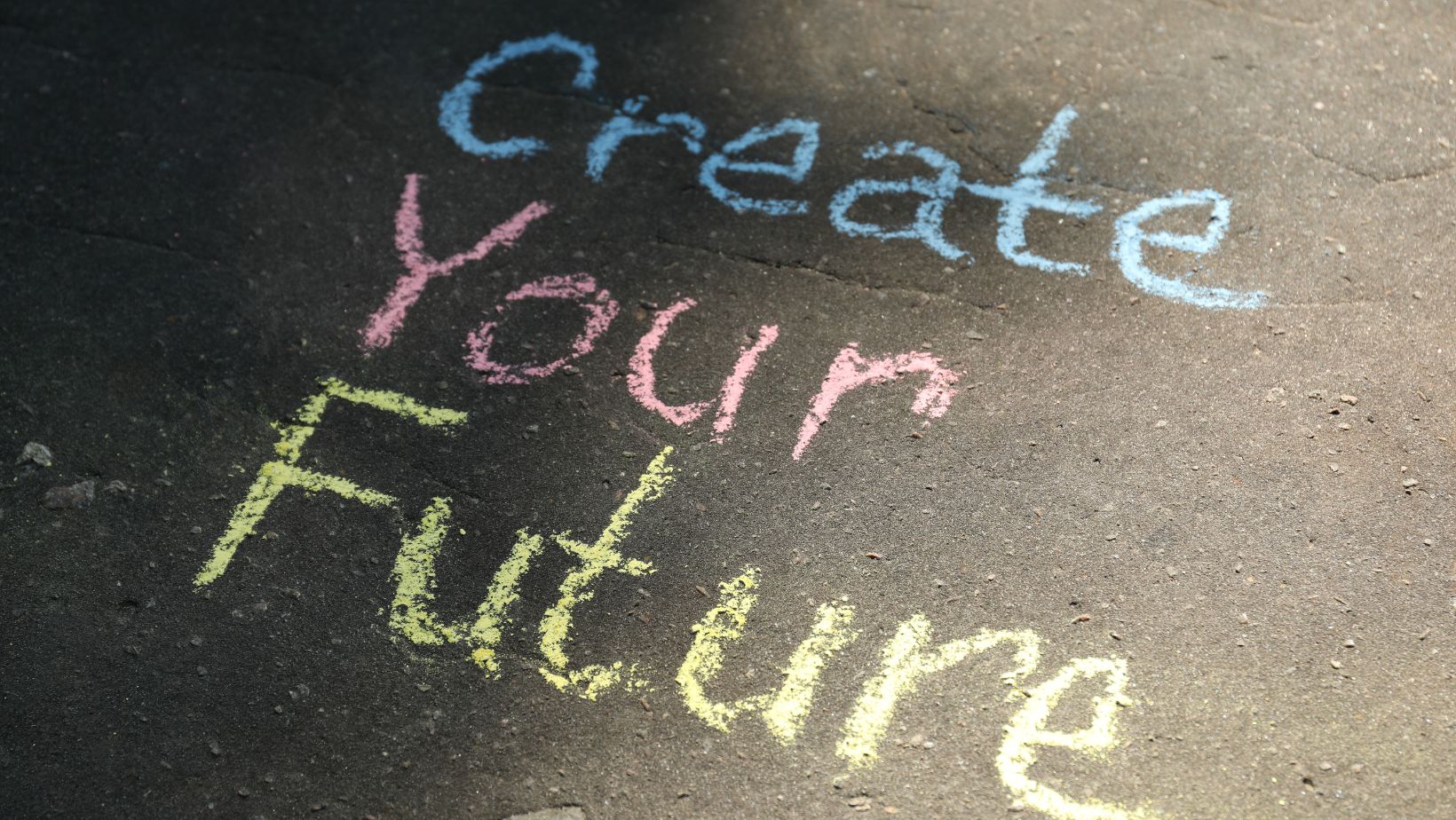Addressing Vaccine Access and Attitudes in Minority Populations
Scientific American Senior Editor, Health and Medicine Tanya Lewis sits down with TTTP’s Matt DeSantis to discuss her March 2021 article detailing the barriers to COVID vaccination for Black and Latinx populations in an attempt to understand how these racial and ethnic disparities contribute to our inability to reach herd immunity in America.
Your article hit home on a concept that I do not think gets talked about very much when discussing COVID 19 vaccination. That concept is racial and ethic disparities. What role does race and ethnicity play when it comes to vaccination rates in the United States?
Tanya Lewis (TL), Scientific American
As we’ve all experienced this pandemic, I think one thing that’s been abundantly clear is the fact that it has not affected everyone equally. There have been big disparities based on race, ethnicity, socioeconomic class, and geography. These are not new disparities, but the pandemic shined a lens on those disparities and really made it clear what the gaps in our healthcare system are and who’s getting left out.
This story was published around in the early sort of stages of the vaccine rollout when people were still scrambling to get vaccines. There were long lines; and people were refreshing web pages trying to get an appointment. At the time I reported the story, people were still struggling to find clinics to get a vaccine appointment; and at that time we were looking at “Why? What are the biggest barriers to access for different races, different ethnicities?”
We know that historically, certain groups are more marginalized people of color, Black and Latinex in particular, tend to not have as much access to healthcare as white and other Asian races. so, we wanted to actually look at the data. So, we looked at the Kaiser Family Foundations data on vaccination rates among different races and different states, and we were trying to show, what are the biggest barriers to vaccination [among different races.] Is it access or is it hesitancy?
It’s really hard to pull those apart. but if you look at the places where people were getting vaccinated at the highest rates early on, and the populations that were getting vaccinated, there were clear gaps. Black and Latinex people were getting vaccinated at lower rates than white people.
In your article, you describe an incident where a Latina essential worker attempted to get a vaccine but was initially denied vaccination because of her ID status and the presumption that she was not a US Citizen. It ultimately took the intervention of a Maryland state delegate in order to get this woman vaccinated. Was this type of issue widespread, thus further exacerbating the disparities we are talking about?
TL: This particular young woman, like many people who are undocumented, was nervous about showing up to an official clinic where she’d have to give her name and personal information. It wasn’t widely communicated that this vaccine is accessible to everyone; and if you are US resident, you are entitled or eligible to have the vaccine. But this woman, who was in Maryland, was basically being asked to provide proof of citizenship when really she could have just shown any kind of ID card, and that would have been sufficient.
I can’t really speak to whether or not this is really a widespread trend, but I’ve read other stories about people who thought that they had to pay for the vaccine; and there’s a lot of misconceptions about who’s eligible, especially in the early days; but barriers to access have decreased [in the months since this story was researched & written], but there’s still a lot of practical barriers for people obtaining that vaccine. There’s the issue of transportation. Time off work was a big one because people who work in hourly jobs, who are disproportionately people of color, are not able to just take a day off to recover from the side effects. They can’t get childcare while they go and get the vaccine and things like that.
Now, interestingly, in the last few months, since this data first came out, the gap in vaccination rates between Black & Latinex and white people had really narrowed. In fact white populations are now the most likely to be unvaccinated. So it’s really interesting to see how that flipped. That tells you that it was not just [solely] an issue of hesitancy. And now, the issues of access have narrowed as well.
So, while that is good news, it just tells you that you know, [Black & Latinex people] should have had access early on in the first place. So I think there’s still many other areas where there are large disparities, but in terms of vaccination, it’s a somewhat improving picture.
You and I just talked a little bit about societal issues that are preventing people from accessing the vaccine. We also just talked about some of those practical barriers that prevent people from receiving the vaccine. But during the course of the Teen Think Tank Project’s research, regardless of who we’ve talked to – and we’ve talked to public health professionals, public policy experts, medical professionals, pharmaceutical experts, and even marketing professionals – this idea of vaccine hesitancy keeps coming up. I don’t know if we (as lay people within society) understand what this idea of vaccine hesitancy is. Can you explain what it is and how have you seen it play out within minority populations?
TL: Yes, that’s a great question. And I think one that we’re constantly grappling with today. We’re still trying to figure out what does that actually mean. I think there are many, many different reasons that people can be hesitant to be vaccinated. So there’s not just a monolith, right?
I mean, there’s people who have some legitimate worries about safety or long-term effects of the vaccine; and I think a lot of people will tell you that even though the vaccines have been very well tested in large populations, I think there’s just a sense that this is a new vaccine. People say, “I’ve never seen this before. It was developed quickly.” These people only see end the product. They don’t see all the years of science and research that goes into these vaccines before they even started testing them.
Then there’s people who flat out are anti-government, and they reject any kind of top-down authority telling them what to do with their bodies. That’s a much harder group to reach because no amount of research and evidence is ever going to convince them. They’re going to just be against it on principle.
Additionally, there’s various other groups people that reject modern medicine in general, including other vaccines. And there’s people who claim that their religion prevents them from getting vaccinated, although the actual number of religions that are against the vaccine is fairly small. Most of the major religions actually do support vaccination, but people have their various individual beliefs, I guess.
In minority populations or underserved populations. I think there are deep-seated, legitimate reasons for mistrust, especially in the Black community. There has been a history of racism in medicine and. The case that always gets rightly mentioned is the Tuskegee Syphilis Study, a very unethical experiment where they were basically withholding treatment from Black men with syphilis, even though they had an effective treatment available.
Then, there’s a lot of mistrust of the healthcare system because people feel they’ve been left out of. You know? It’s like, “Oh, I haven’t had any contact with the medical system. And now you want me to get vaccinated, you know.” There’s some mistrust there.
There was a lot of hesitancy in some Black communities against vaccination [early in the pandemic]; but, I think you’ve seen that gap narrow. So that tells you that some of these outreach efforts have really helped. People have had time to have that conversation with their healthcare providers, and they realize that the benefits outweigh the risks. So I think it’s much easier to persuade people when you have that open dialogue than to just try to yell at them with a stick or something.
Although, I will say that vaccine mandates do have a role; and I think that they can be very effective, as we’ve seen here in New York. Although there’s been a lot of resistance, it’s actually really increased the number of people who’ve been vaccinated among healthcare workers and firefighters and police and so on. But I think that if you want to reach communities of color who might have hesitancy, I think you have to first acknowledge that there is this sort of history of systemic racism in medicine and then acknowledge people’s concerns and then you go from there.
Based on the information that you’ve collected and the anecdotal experiences you’ve had over the last six months, are we better off than we were in March at the beginning of the vaccine rollout? And are we anywhere near getting to the point where we will start to return to “normal” and reach the levels of vaccination that most people point to in terms of “herd immunity” and societal immunization?
TL: So that’s a great question. I obviously don’t have a crystal ball, but I do think there are some things that I think are better than where we were in March. The overall number of people who are vaccinated is greater and many people of color have gotten vaccinated. So those gaps have lessened, and I think that’s a really positive thing. But in terms of where we are now, I think we still have a long way to go to reach the 1/3 of the population that’s still unvaccinated. And, you know, as long as there are lots of unvaccinated people, it’s going to make it harder for everyone to get out of this pandemic.
Like we saw with the Delta variant, there’s going to just be more transmission of COVID in general. So it’s just going to be circulating and, you know, we’ll see more and more cases. The good news is that if you are vaccinated, I think you can largely take some comfort in the fact that you’re protected against severe illness and deaths. So that’s a huge thing I think we can all agree.
I think this year is going to be like a bit better. I’m a little nervous about the winter. I do think the cold weather and people spending time doors is going to make things a little bit worse again, but I don’t think it’s going to be like last winter where we had huge numbers of people dying, at least not in places where people are vaccinated. I mean, if you look at the UK, they’ve had a lot more cases, but the deaths have not gone up nearly as much as they did last year. So I think that’s positive.
I do think all pandemics eventually end. What I do think is most likely to happen is that this will become what they call an endemic virus, like the flu. So we’re going to see it circulating probably throughout the rest of our lives, but it’s going to be much milder, especially if you’ve been vaccinated or you had some exposure to it. But yeah, I think we’re not going to be totally out of the woods until we can reach more people and get more people vaccinated.
I think that the trends we are seeing in terms of racial disparities are positive, but we need to build on that momentum and not just stop with vaccination, but really improve people’s basic access to healthcare. If you want to improve the outcomes, we can’t neglect large swaths of our population. We have to, you know, bring everyone along with us.
You can read Tanya Lewis’s coverage of COVID-19 at www.sicam.com and download her bi-weekly COVID Quickie episodes on Scientific American’s 60-Second Science podcast, wherever you get your podcasts. You can follow her on Twitter @tanyalewis314.





